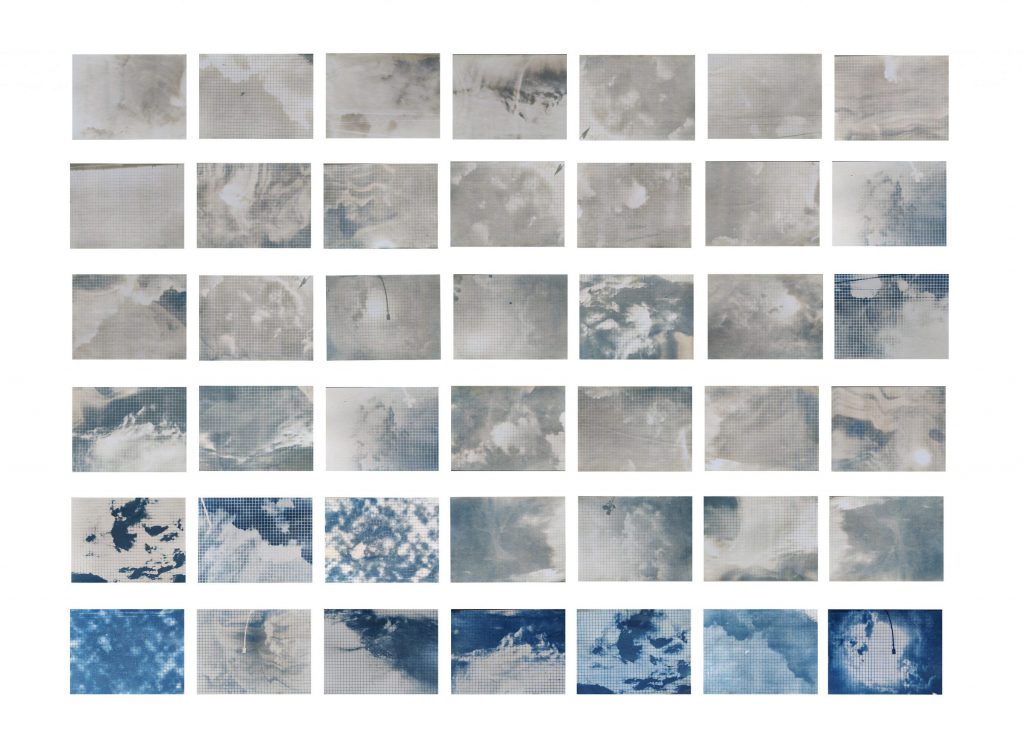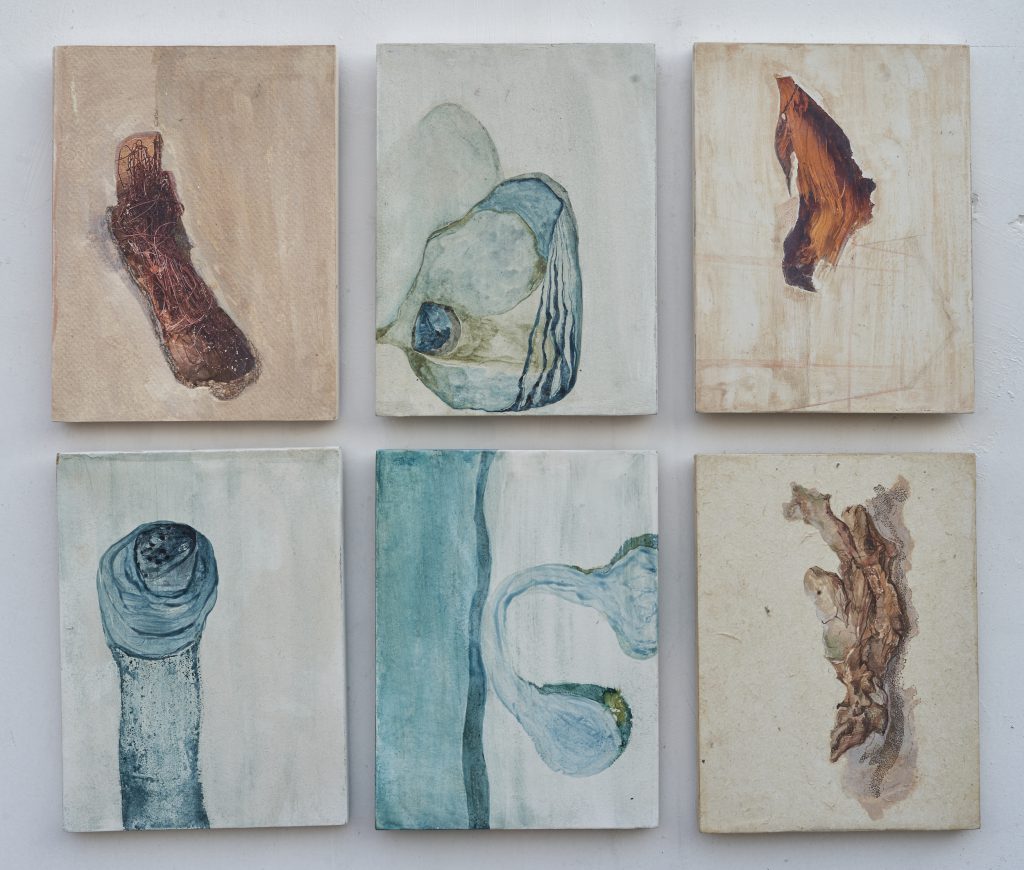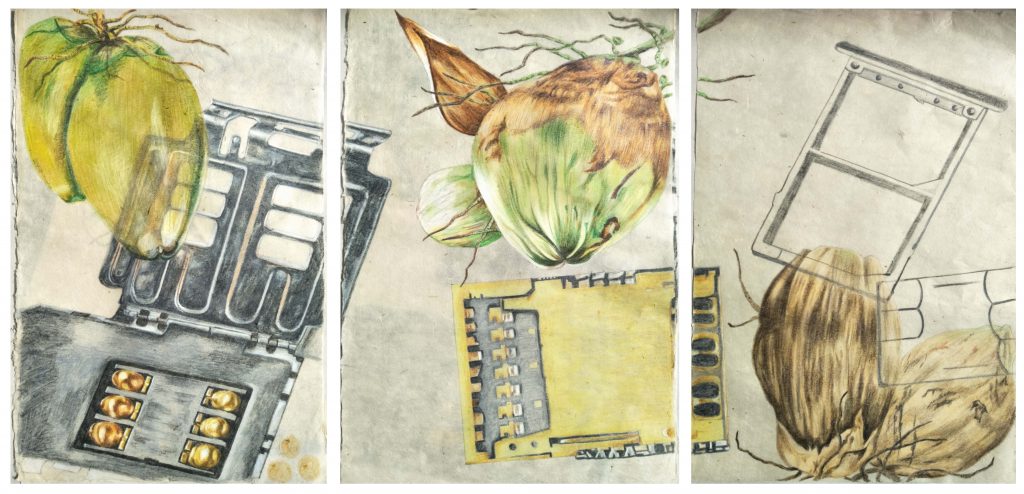Blogs
Documenting the Everyday
Mehreen Yousaf
Working around everyday practices, experiences, and observations, IARF grantees, Ritika Sharma and Mousumi Chongdar animate the banal.
In June of 2021, MAP in partnership with 1Shanthiroad Studio launched a relief fund to support artists and their work during the difficult times posed by the Covid 19 pandemic. Open to all practising artists in India, the relief fund received an overwhelming response with over 1000 applications. Twenty artists were selected by an independent jury comprising Paula Sengupta, Radha Mahendru, Indrapramit Roy and Suresh Jayaram. The jury members also offered mentorship conversations to the artists.
In an attempt to showcase the exciting work that was achieved under this grant, we have placed the grantees and their artworks in conversation with each other, to respond to and facilitate a conversation around the common themes or concerns addressed in their art.
Through their works, the artists Ritika Sharma and Mousumi Chongdar take note of otherwise obscured instances of everyday existence – mobile skies, concealed emissions of energy and the shifting human condition.
Ritika Sharma’s practice largely stems from the poetics of noticing – “what happens when nothing happens?” She is interested in the dual nature of everyday existence, both dictated by routine and ambiguity, seeking to document this nuance through mixed media paintings, drawings, photography, video and found objects.
Shadow Traces by Sharma is a mixed media project that comprises watercolour, oil, pen and decoupage work. Presented as three thematically different sets, all of the works expand on the transitory nature of everyday life and map it through different acts of observation. The sets, although created with differing intent, in different mediums and comprising observations from different scapes (land and sky), are united in their inquiry: they bring together and reinterpret findings from the artist’s walks.
In one set, Sharma has developed a series of cyanotypes in which she derives inspiration from a psychogeographical study of the sky, using it as a tool to measure more sustained, reliable motion during the precarity of the COVID 19 pandemic. After overlaying the photographs with a grid, the cyanotype printing process was done as an exercise “to expose the sky under the sky to achieve the blue of the sky.”
She mentions the process as meditative – of taking out time to stand beneath a skylight and tracing how something as seemingly constant as the sky moves. Later, the cyanotypes yielded the creation of a set of paintings.

Cyanotypes, Ritika Sharma, 2021, Cyanotype print, Image courtesy of the artist

Set 5, Shadow Traces, Ritika Sharma, 2021, Mixed media, Image courtesy of the artist
The other set of work is derived from documenting natural objects that Sharma collected during her solitary walks at the time of the initial lockdowns. The quiet, slow-moving streets allowed her to walk consciously and be aware of her sensorial reaction to the places she covered. Later, she drew them from memory to understand their residual effect, modifying them in the process.

Set 2, Shadow Traces, Ritika Sharma, 2021, Mixed media, Image courtesy of the artist
Going through her work, you are invited to think about place in less taut ways, to inject a sense of playfulness to how you take notice, all the while remaining cognizant of the infraordinary – of what lays underneath and the revelations that they make.
Mousumi Chongdar is a visual artist based in Howrah, West Bengal whose work explores the effect technological advancements have had on the human race and our natural environments.
Chongdar’s practice is largely rooted in exploring the relationship between man and machine. During the COVID 19 pandemic, she became increasingly aware of how reliant we are on technology and how obscured the impact of this reliance is. From thinking about impending human obsolescence to questions of access and discrimination as replicated in the digital world, the impetus for her work is varied.
Reflecting on the ecological perils of today, Waves steps away from the more studied aspects of climate change and in turn, attempts to trace the mystifying nature of our digital footprint.

Waves, Mousumi Chongdar, 2021, Colour pencil on paper, Image courtesy of the artist
In this work, she documents the effect that invisible radiation can have on plant life by juxtaposing a decomposing coconut with hardware that is seemingly responsible for these emissions. Intangible in nature, these effects are less storied and raise important questions regarding the prolonged impact that our digital consumption has on the environment.
Although critical of technology and its adverse impacts, Chongdar is less concerned with mobilising against its advancement but rather focused on measuring the slow, more indiscernible ways in which it affects our lives; of taking note and measuring mundane movements that reveal shifts in our ecosystems.
Mehreen Yousaf is an Events Coordinator at MAP. She loves listening to music and curating playlists for her friends.








